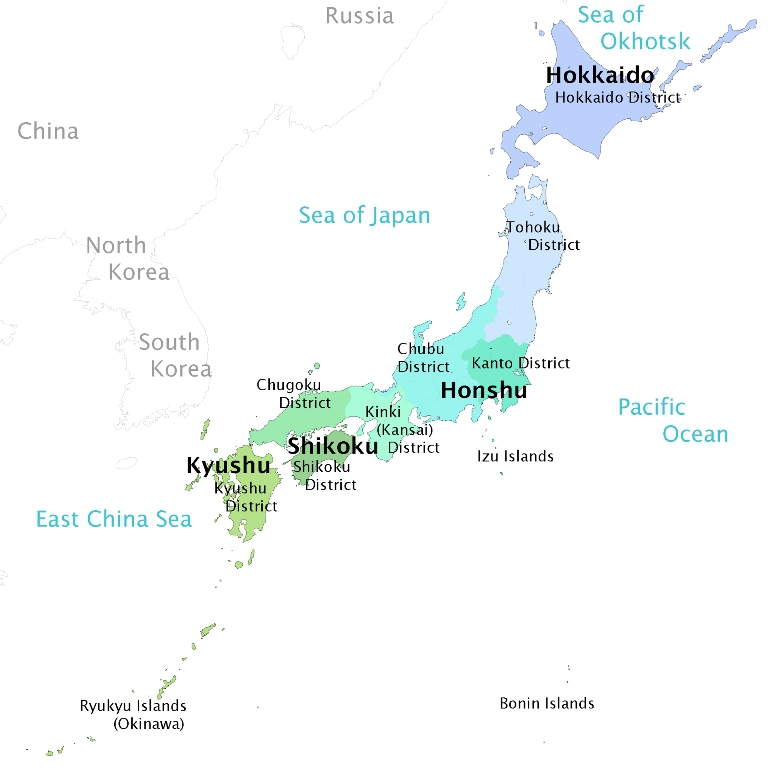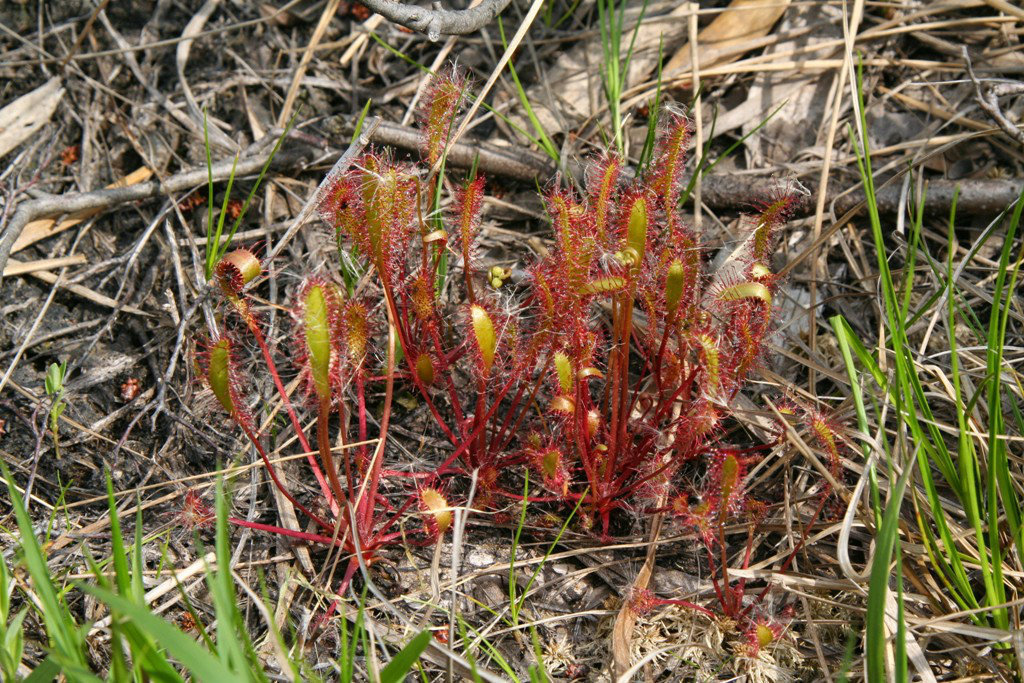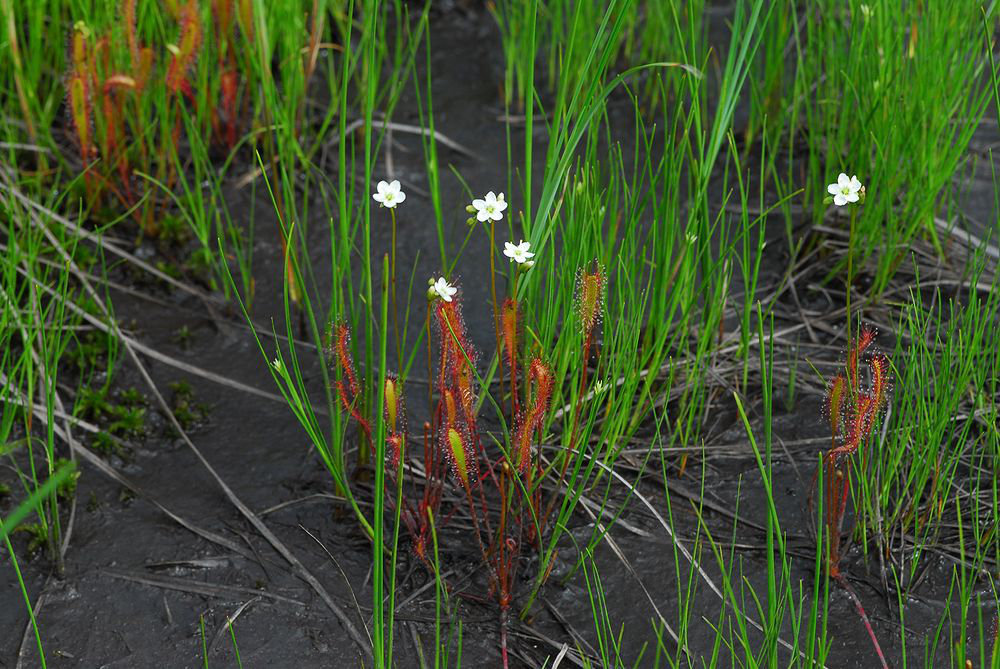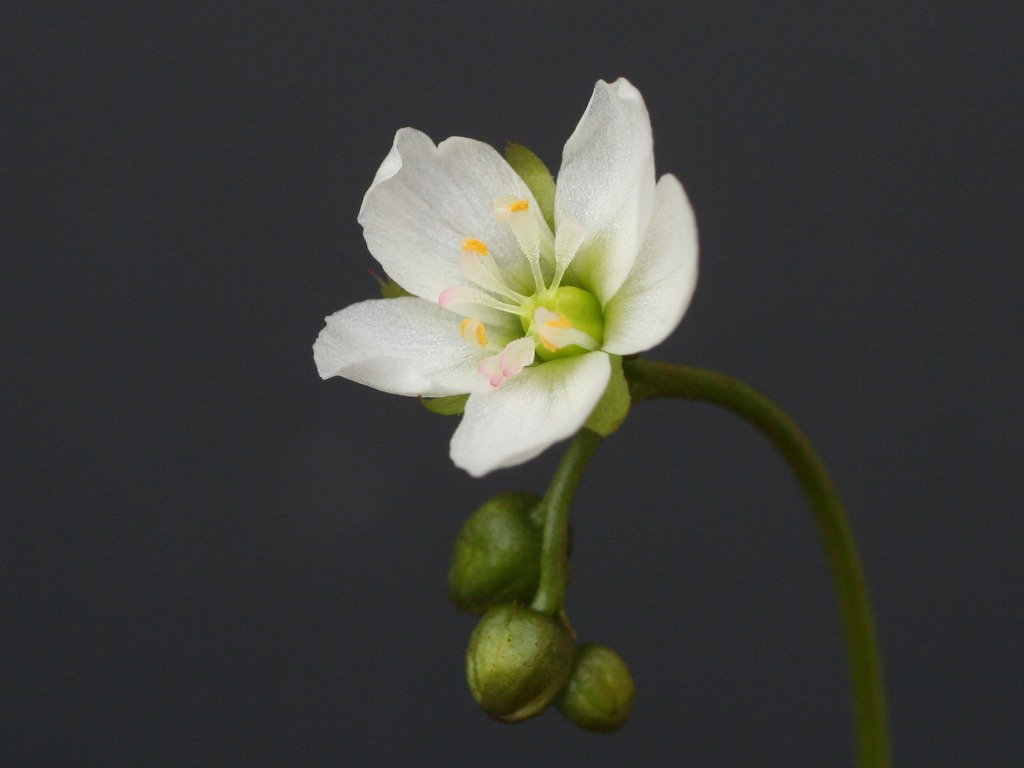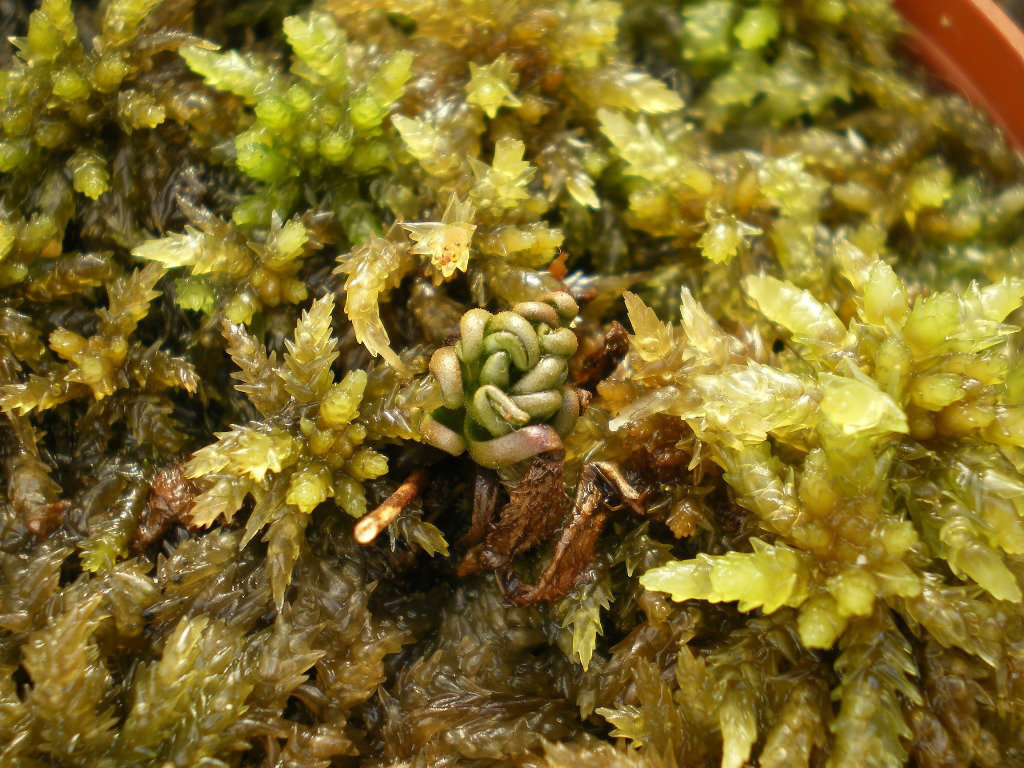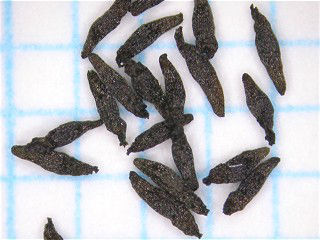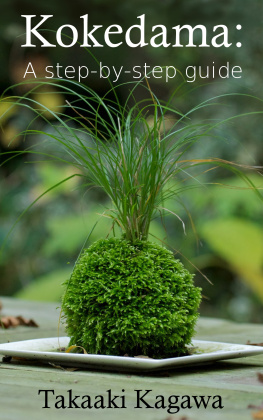Drosera of Japan
Takaaki Kagawa
The genus Drosera is a group of carnivorous herbs with more than 200 described species. At least six of them are natively found in Japan. With latest research findings and colour images, this publication introduces and studies the native species and natural hybrids that occur on the Japanese Islands. It also discusses natural mutants, alien species and hybrids, and a species of questionable status.
2014 Takaaki Kagawa
Published by WriteHit.com
This ebook is licensed for your personal enjoyment only. This ebook may not be re-sold or given away to other people. If you would like to share this book with another person, please purchase an additional copy for each recipient. If youre reading this book and did not purchase it, or it was not purchased for your use only, then please purchase your own copy. Thank you for respecting the hard work of this author.
Table of Contents
Chapter 1. Introduction
1.1. The Genus Drosera
The genus Drosera , or the Sundews, is a widespread genus of carnivorous herbs. It is found all over the world except in the regions of extreme climates. About 200 species are known, and researchers describe new species even today. Generally speaking, species of this genus are found in soils which are wet, acidic, and undernourished. The upper surface of the leaf laminae is covered with stalked glands, which produce acidic mucilage containing digestive enzymes in order to capture and digest small organisms for nutrients.
The flowers are bisexual and, in most cases, have five petals, five sepals, five stamens, and a pistil. The stigmas are often not distinct from the styles. The flowers open during the daytime and mostly do not last for more than a couple of hours. The inflorescences are initially coiled outwards, which are unfurled as they mature. Many species of the genus exhibit the ability to regenerate plant bodies from separated organs.
1.2. Japanese Islands and Drosera
Japanese Islands are located in the east of the Eurasian Continent. Territories of Japan consist of four main islands, namely Honshu, Kyushu, Shikoku, and Hokkaido, as well as thousands of smaller islands. It covers a range between the subarctic and the subtropical climates. Interestingly, the Japanese Islands are located in the region where the native Drosera species have borders of their distribution ranges.
Figure 1. A map of Japan
Chapter 2. Native Species
At least six species of Drosera are reported from Japan. Studies suggest that D. anglica (See 2.1.) and D. tokaiensis (See 2.6.) originated as interspecific hybrids (Kondo & Segawa, 1988; Nakamura & Ueda, 1991; Wood, 1955). Here, however, we include them in this chapter.
2.1. D. anglica Huds.
Distribution in Japan: Hokkaido and Northeastern Honshu
Chromosome number: 2n=40 (Rosenberg, 1903; Simamura, 1941; Wood, 1955)
Cycle: perennial
D. anglica has probably originated from a sterile hybrid between D. rotundifolia L. and D. linearis Goldie (Kondo & Segawa, 1988; Wood, 1955). The stem is short and almost invisible, and the leaves are erect and oar-shaped. The petioles are 6-10 cm (2.4-4) in length, and the laminae are 3-8 cm (1.2-3.1) in width and approx. 1 cm (0.4) in width. The roots are dark, thread-like, and 2-5 cm (0.8-2) in length.
The inflorescences are straight and up to 20 cm (8) in length, and each inflorescence can bear up to 5-6 flowers. The petals are white, oblong, and approx. 6 mm (0.23) in length. The pistil has three styles branching into two in the middle, the tip of which is sometimes pink. The anthers are yellow. The sepals are oblong and approx. 6 mm (0.2) in length. On the surface of the calyx are some mucilaginous glands which are microscopic and semi-transparent as well as red microscopic trichomes which are sparsely distributed. The seeds are lanceolate and approx. 1.3 mm (0.05) in length.
The Japanese forms produce hibernacula in winter as most other forms do. The seeds are dormant, and exposure to low temperature breaks the dormancy. The lower parts of the plants are often submerged in water in the habitats.
In Japan, D. anglica is not as widespread a species as D. rotundifolia . D. anglica has a higher level of dependence on vegetative propagation than D. rotundifolia does, and seedlings of D. anglica are less tolerant of shades and high water levels (Hoyo, 2013). In Hokkaido, the habitats are diminishing due to agricultural drainage. Experiments of habitat revival have taken place by using dormant seeds underneath the soil surface.
Figure 2.1. D. anglica in Hamatonbetsu, Hokkaido Prefecture, Hokkaido District
Figure 2.2. D. anglica in Oze on the border of Chubu, Kanto, and Tohoku Districts
Figure 2.3. Close-up of a D. anglica flower
Figure 2.4. A hibernaculum of a D. anglica plant in cultivatio n
Figure 2.5. Seeds of D. anglica
2.2. D. indica L.
Distribution in Japan: Honshu and Kyushu (Miyazaki Prefecture)
Chromosome number: 2n=28 (Kondo, 1969; Venkatasubban, 1950)
Cycle: annual
The native D. indica in Japan has pink-flowered and white-flowered forms. The white-flowered forms are reported from a few locations on Honshu and Kyushu whereas the pink-flowered forms are only found in the Pacific coast areas of Chubu District, Honshu. It germinates in late spring and ends the yearly life cycle as winter approaches. The plants of the Japanese forms are light green and have erect stems which are approx. 10-30 cm (4-12) in height and linear leaves which are approx. 7-10 cm (3-4) in length and 3 mm (0.1) in width. The petioles are 7-15 mm (0.3-0.6) in length. The mucilaginous glands on the upper surfice of the leaf laminae remain almost colourless in full sun, instead of turning red/purple.
The aerial parts of the plants are covered with different types of microscopic trichomes (see below). The roots are dark brown and thread-like. The seeds are thick, fusiform, and approx. 0.4 mm (0.16) in length.
The inflorescences emerge on sides of the stem where there is no leaf, which measure approx. 5-10 cm in length and can bear up to approx. 20 flowers. The petals are obovate/delta-shaped and approx. 5 mm (0.2) in length, which can be slightly serrated. The colour of the petals is bright purplish pink or very pale mauve which is almost white, even though the convention is to call the latter 'white' in comparison to the former or due to cognitive characteristics of percipients. The pistil has three styles branching into two at the base. The stigmas are pink and curled inwards from the middle. The anthers are light yellow. The Japanese D. indica produces dormant seeds, and exposure to low temperature breaks the seed dormancy. Kanto District, Honshu probably represents the northernmost range of this species.


